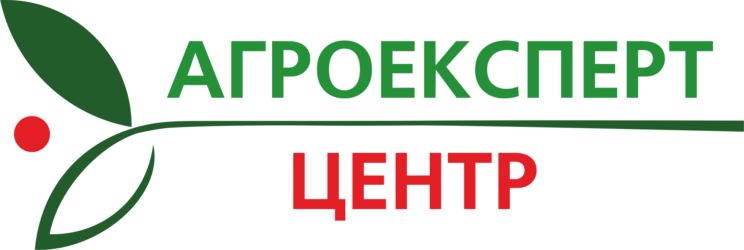Flow control valves
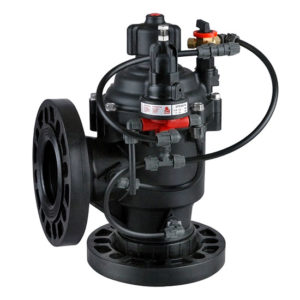
The pressure regulator valve is a hydraulically controlled diaphragm actuator valve that reduces excess pressure at the inlet to a predetermined constant low pressure at the outlet, regardless of the flow of water or the variation of pressure at the inlet. The control valve captures the pressure at the inlet and controls the level of closing and opening the valve, respectively.
The valve is activated when the hydraulic signal (pressure) is supplied to the control circuit relay. It is also possible to implement instead of a hydraulic – electronic control, by replacing the hydraulic circuit with a solenoid 24v.

Pressure relief valves are a hydraulically controlled self-aligning valve with diaphragm actuator that supports the minimum preset inlet pressure, despite fluctuating flow rates. Fully opens when linear pressure exceeds the adjusted value.
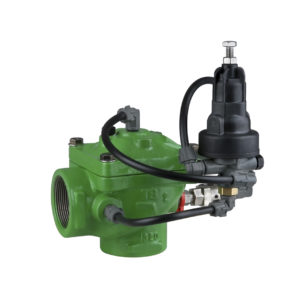
Rapid release valve – a self-contained, hydraulically controlled diaphragm regulating valve that resets excess pressure in the pipeline, thus preventing pressure build-up across the entire network. The valve instantly reacts to the leap of pressure through its full opening. Valve closing occurs in smooth mode. It is advisable to install it in front of the filter stations, in order to prevent it from being out of order.
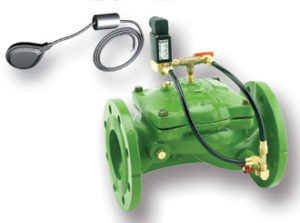
Level control valve – a control valve with a two-stage electric float is a hydraulically controlled valve with an aperture that controls the filling of the tank in response to the signal of the electric float switch, opening it at a given low level and closing to a predetermined high level.
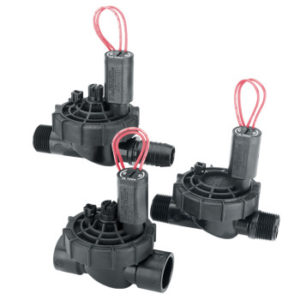
Electromagnetic valves – open / close the water flow to enable (and, accordingly, switch off) the irrigation zone. The opening and closing of the valve occurs due to the electric pulse, which gives the solenoid 24V. The control of valves is carried out with the help of controllers, which allow one place to manage all irrigation zones.
Air valves
The amount of air in the irrigation system should be regulated, as the presence of air bubbles and air pockets or their absence (vacuum) can cause problems and damage the system.
In general, air valves are divided into three types:

Kinetic air valve – is mainly used for filling the irrigation line, and in the case where drip lines are not pressurized, to prevent reverse suction of dirt into the emitter.
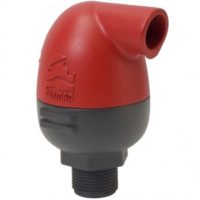
Combined air valve – removes air while filling the pipeline, allows you to effectively release air pockets from pipes under pressure and provides a large amount of air intake in the event of a drainage of the network. Thanks to improved aerodynamic design and double-hole combination valves provide excellent protection against air accumulation and vacuum formation.

automatic air valve – allows you to effectively release air pockets from pipelines under pressure. Provides excellent protection against air accumulations.
